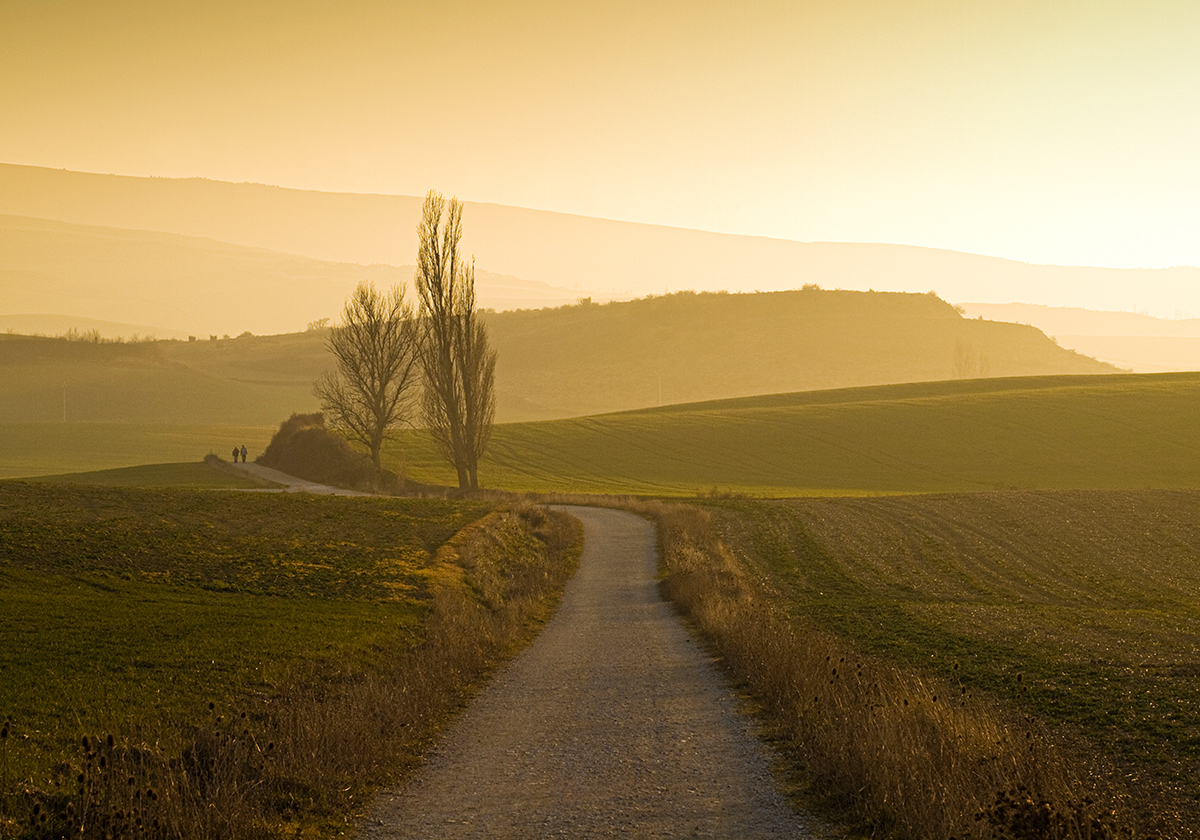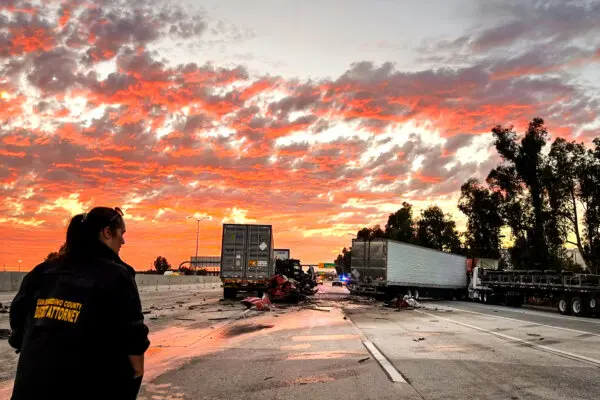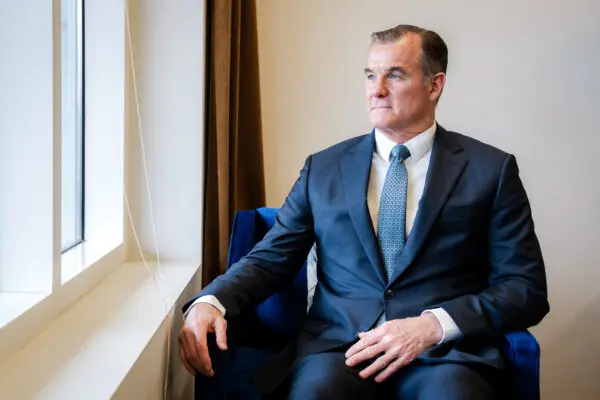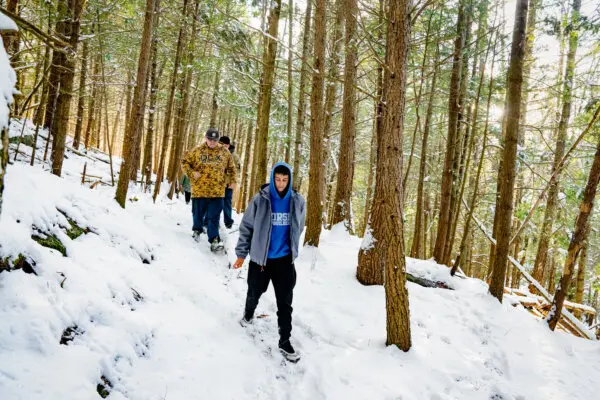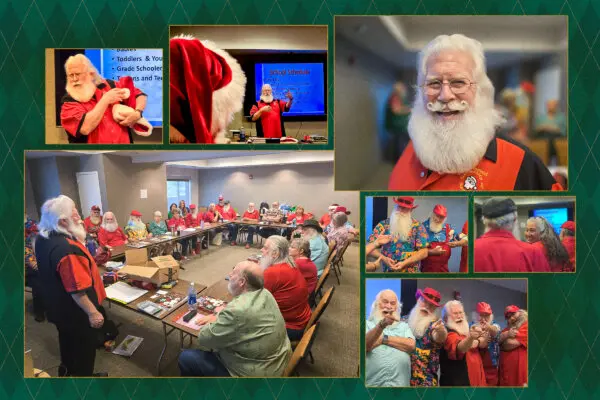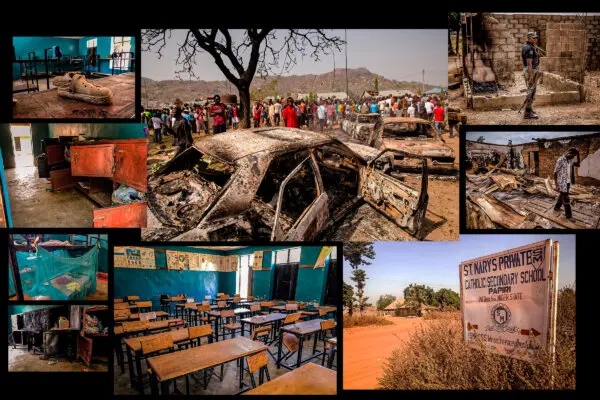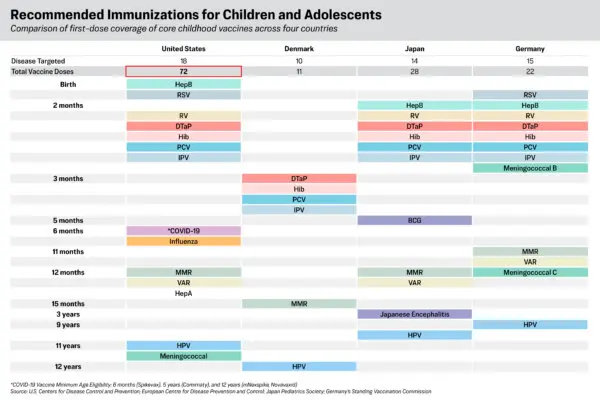After walking a short section of Spain’s famous pilgrimage trail, I went immediately into withdrawal. I had completed just less than 100 miles, but when I returned home to the infinite distraction that is modern life—the calls, emails, chores, social commitments, and multitasking at work and home, with alerts and notifications falling like digital hail—I realized how quiet my mind had been during those 10 days.
The saying goes, “It is solved by walking”—“solvitur ambulando” in Latin. Everything is reduced to a rhythm of steps; to greeting fellow pilgrims and locals who usually smile and call out, “Buen Camino!”; the meditation of repetitive motion—going forward, following a trail of yellow arrows and scallop shells through forests, fields, vineyards, and villages along packed dirt, cowpaths, and cobblestones—and pausing for vast views from hilltops and church steeples, resting alongside a babbling creek or on a medieval stone bridge or under a tree drooping with fresh figs. There’s beauty and peace in simplicity, and this journey felt otherworldly, if not time-transcendent. The Camino provides.
